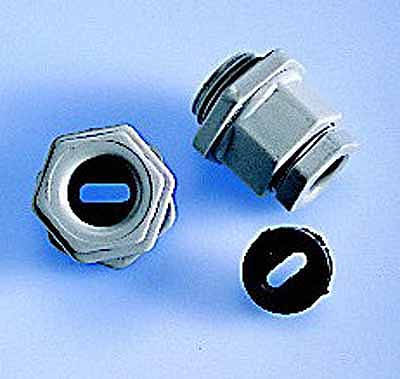No, I have lost no argument.You are too moronic to take part in a sensible discussion. You have little or no electrical knowledge as demonstrated by your assumption that my points regarding T&E cable clamping are invalid.
And you refuse to prove your own assertions, despite googling for hours no doubt.
Then you start with the insults as do a lot of people when they realise they have lost an argument.
I point out that you chastise others for refusing to answer your questions - questions which I might point out are partly designed to shift the topic away from your lost cause. Yet when asked direct and simple questions which are directly relevant to your argument you have stubbornly refused to answer them - probably because you realise you cannot answer them without completely destroying your argument.
So, I'll repeat the question, which is very pertinent to your accusation against T&E :
Using the same accessories, how you you clamp a round cable in them ?
If you want to see accessories designed for flat cable and with a clamp capability, then a few seconds with your favourite search engine will return them. As you seem to have missed the hint before, a common name for flat T&E in the US is Romex - here's a URL that will return loads of hits, and loads of images :
http://www.google.co.uk/search?q=romex+clamp
You see, there are plenty of options, including liquid tight glands (the first hit when I search) :
http://www.sealconusa.com/catalog/sealcon09.htm
So you see, these things do exist, but for some reason people over here have determined that they aren't required.





